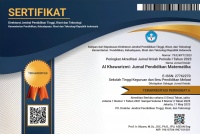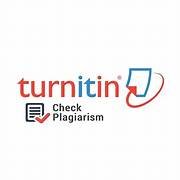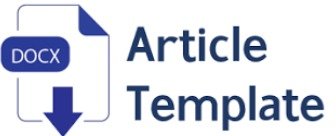MOTIVASI DAN DAYA SERAP MATERI BANGUN DATAR DALAM PEMBELAJARAN DENGAN PENGANTAR BAHASA DAYAK MA’APH
DOI:
https://doi.org/10.46368/kjpm.v5i2.4442Abstract
Abstract
Students in the learning process still need their mother tongue to help understand the meaning and intent comprehensively, because some students are still interfered with by their mother tongue. The mother tongue used at SMPN 2 Nanga Mahap is Ma'aph. This study aims to increase motivation and absorption of flat shape material with an introduction to the Ma'aph Dayak language. The method used is research and development of 4-D models. The products developed are in the form of RPP and LKPD which contain the mother tongue. Based on the results of the development, the percentage of RPP validation is 86.7% and LKPD is 88.6% which is classified as very valid or feasible to use. 75% of students' motivation is included in the good category and the absorption capacity is fulfilled classically, namely 86% of students who achieve the KKM score. This shows that learning the material of flat shapes with the introduction of the Ma'aph Dayak language increases students' motivation and absorption. For researchers who want to apply mother tongue learning tools, it is expected that they must master the local language well and understand the characteristics of the research subject.
Keywords: Mother Tongue, Students' Motivation, Absorption
Downloads
Published
How to Cite
Issue
Section
Citation Check
License

This work is licensed under a Creative Commons Attribution-NonCommercial-ShareAlike 4.0 International License.
Authors who publish with this journal agree to the following terms:
1. Authors retain copyright and grant the journal right of first publication with the work simultaneously licensed under a Creative Commons Attribution License that allows others to share the work with an acknowledgement of the work's authorship and initial publication in this journal.
2. Authors are able to enter into separate, additional contractual arrangements for the non-exclusive distribution of the journal's published version of the work (e.g., post it to an institutional repository or publish it in a book), with an acknowledgement of its initial publication in this journal.
3. Authors are permitted and encouraged to post their work online (e.g., in institutional repositories or on their website) prior to and during the submission process, as it can lead to productive exchanges, as well as earlier and greater citation of published work.






